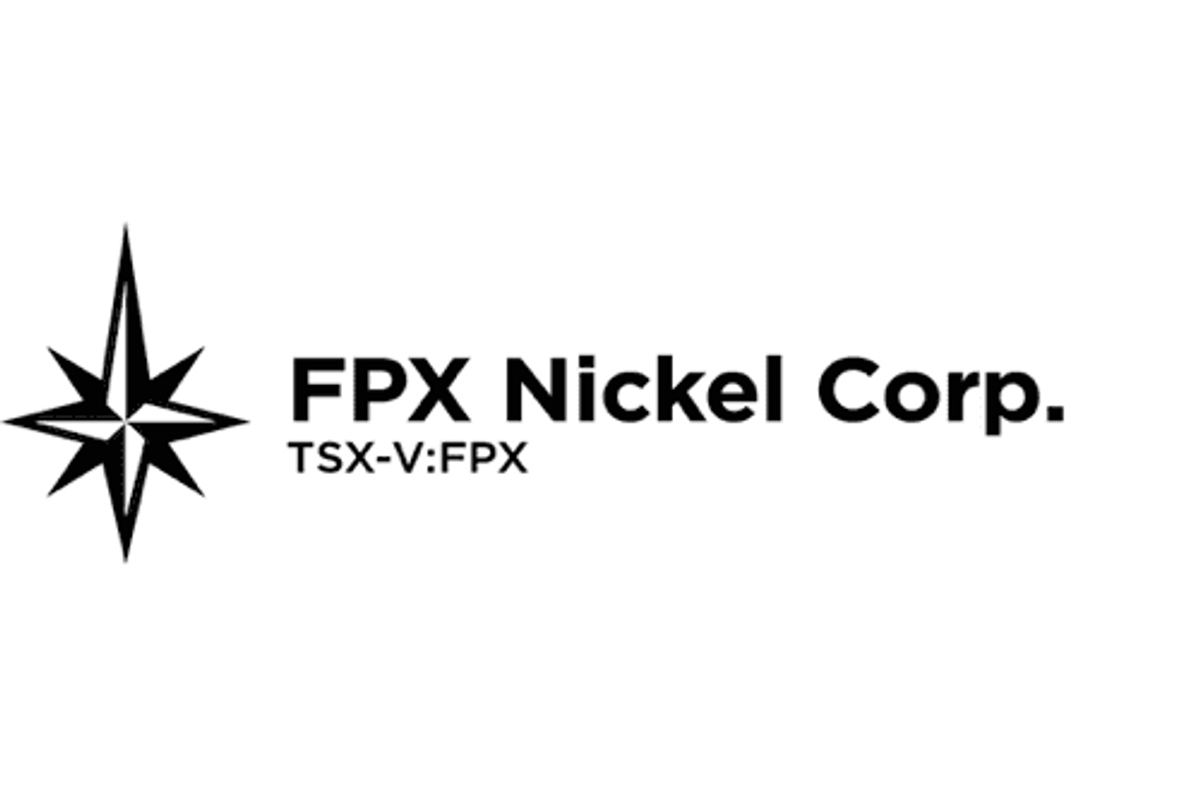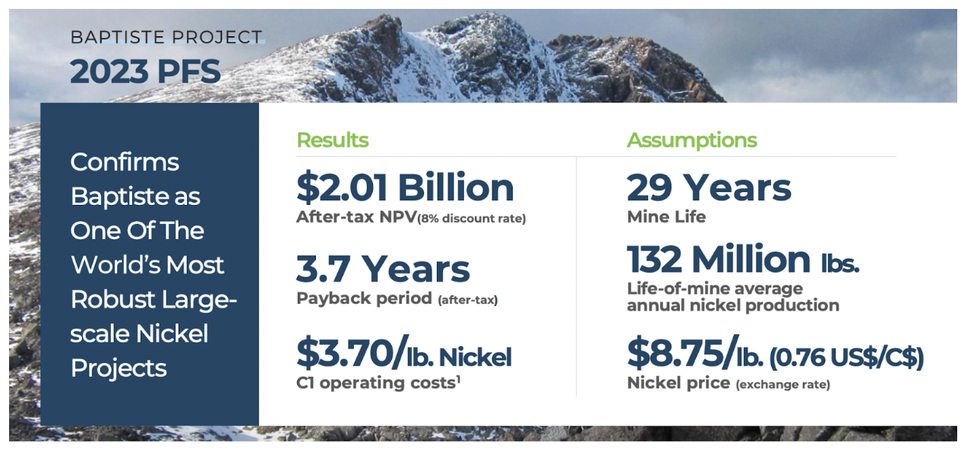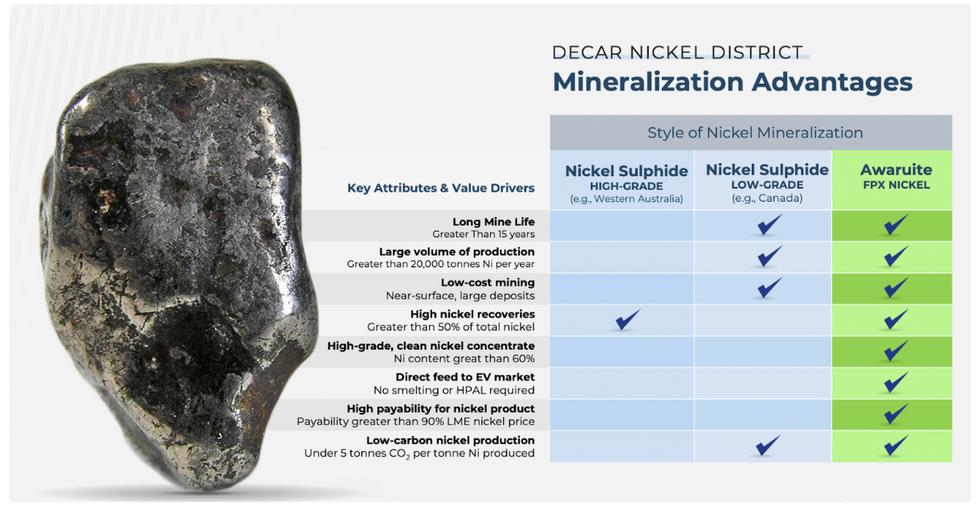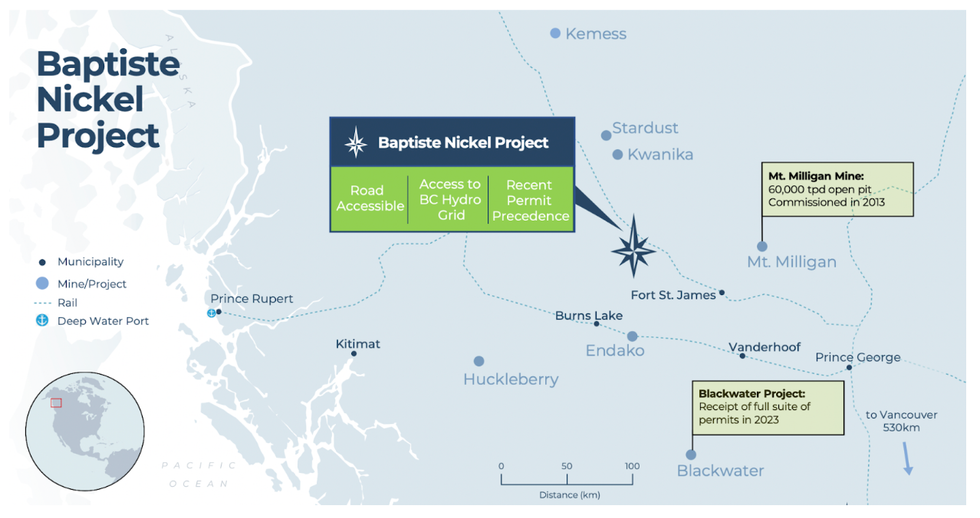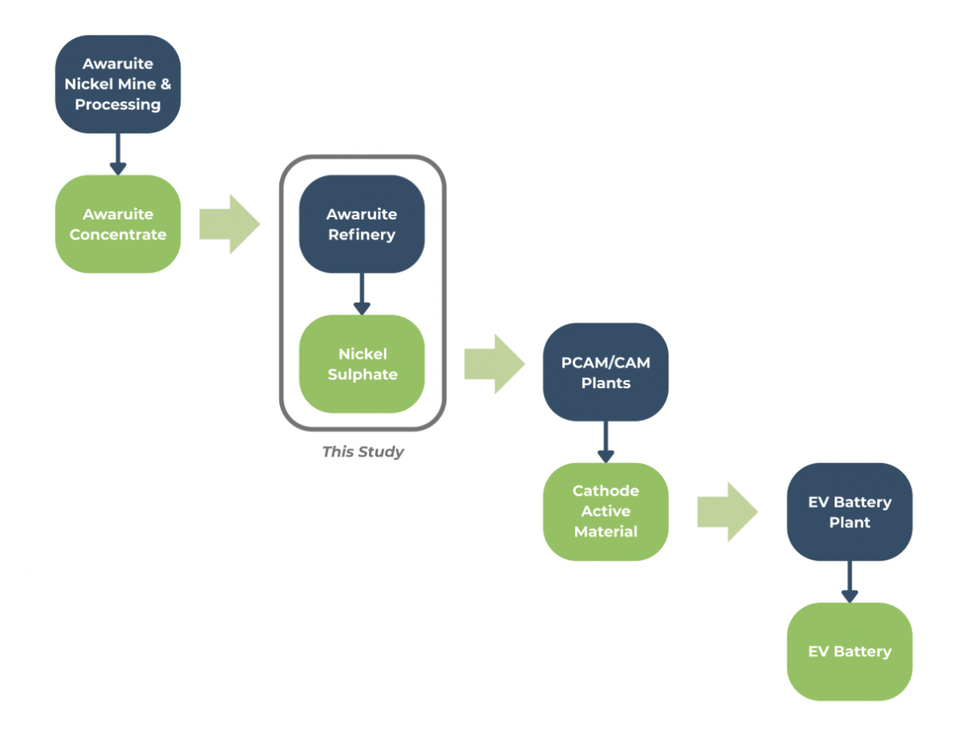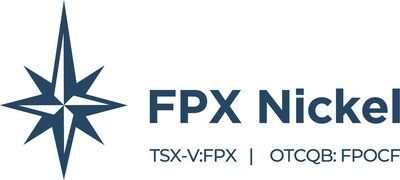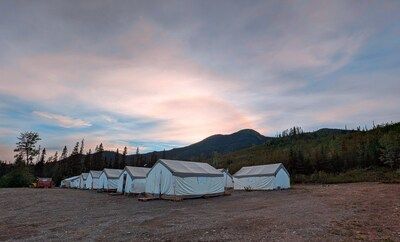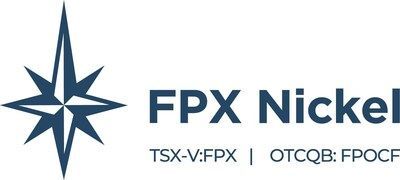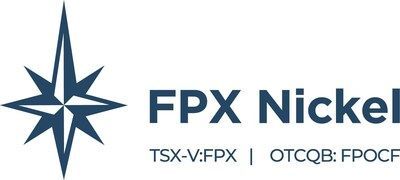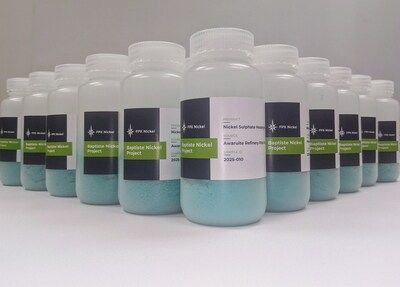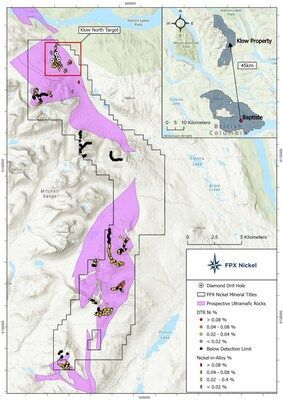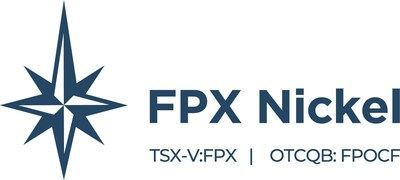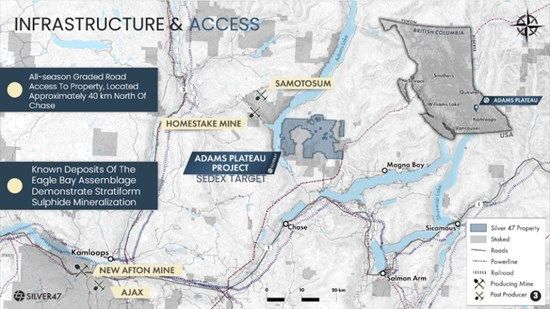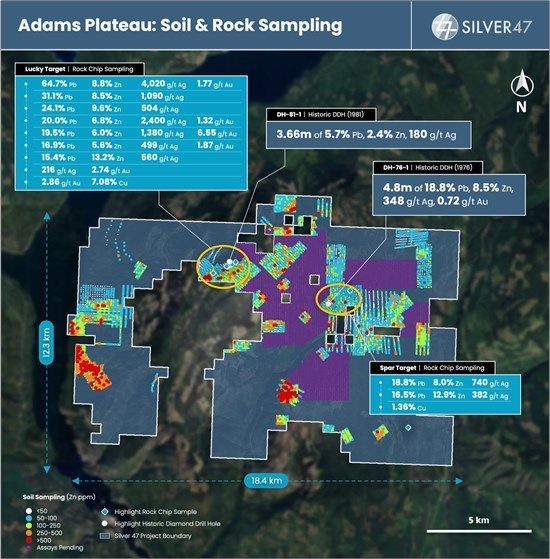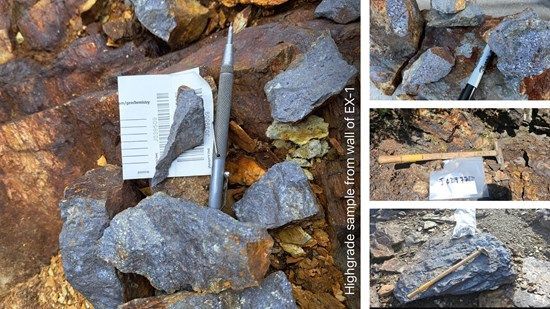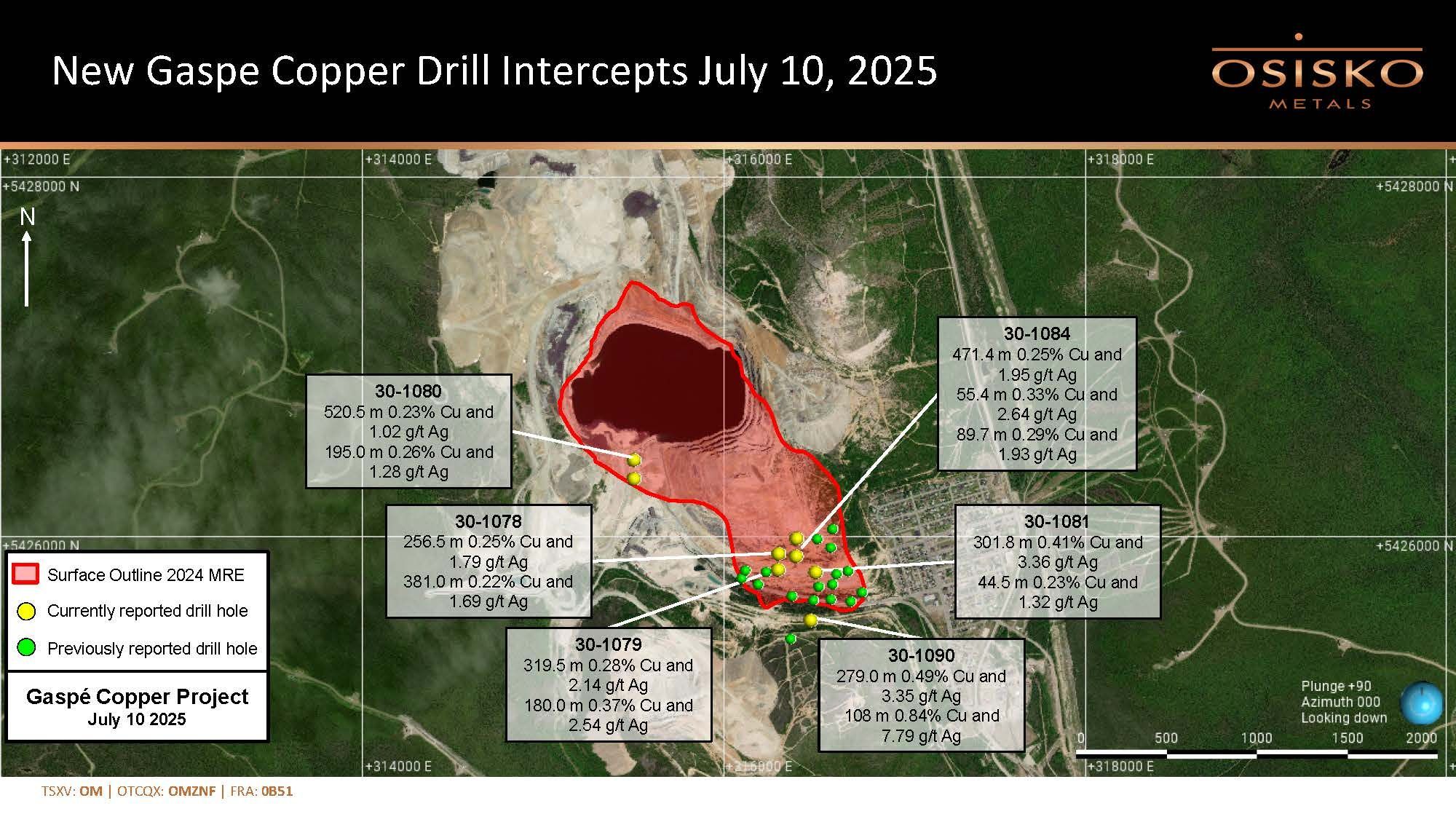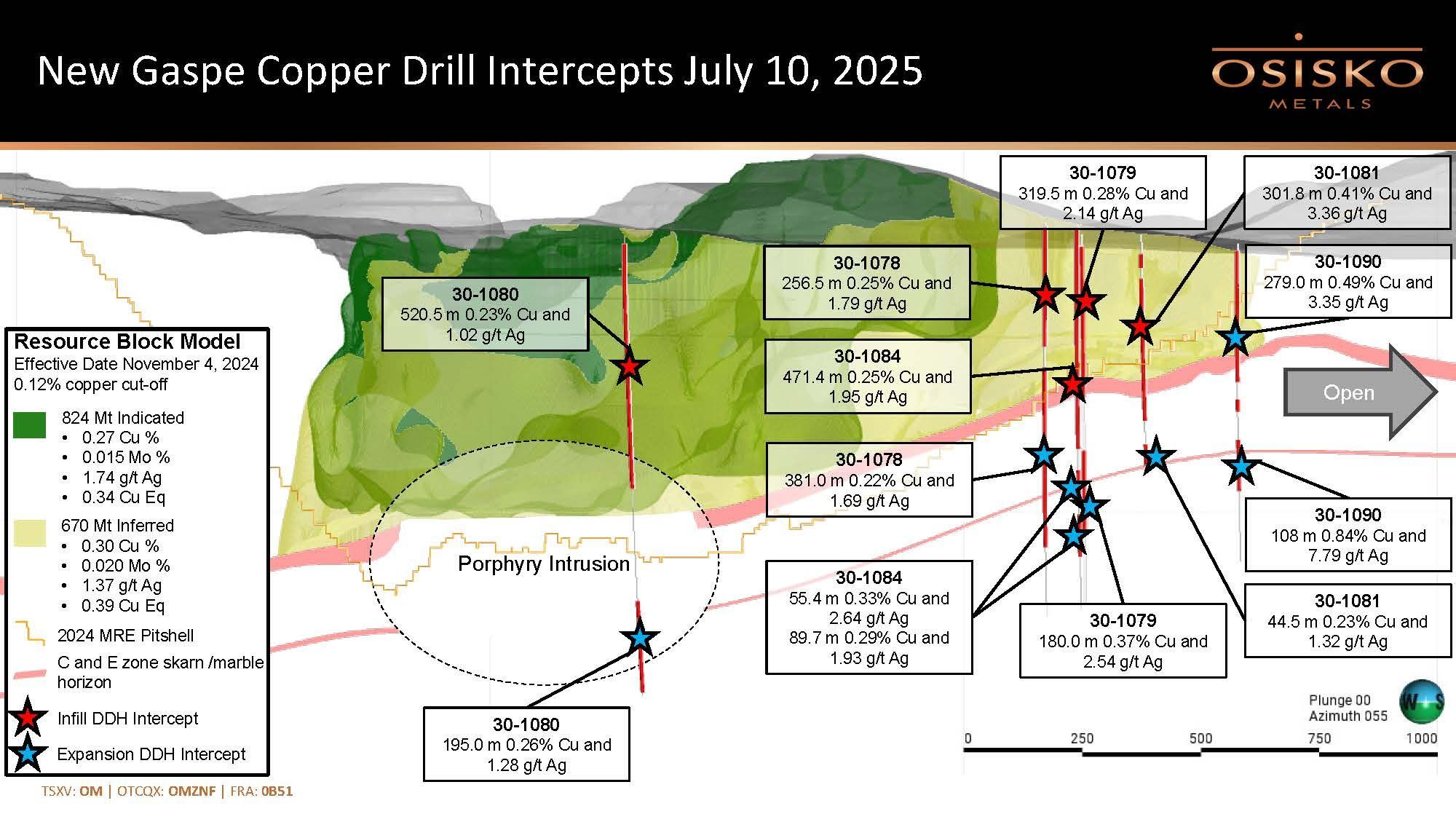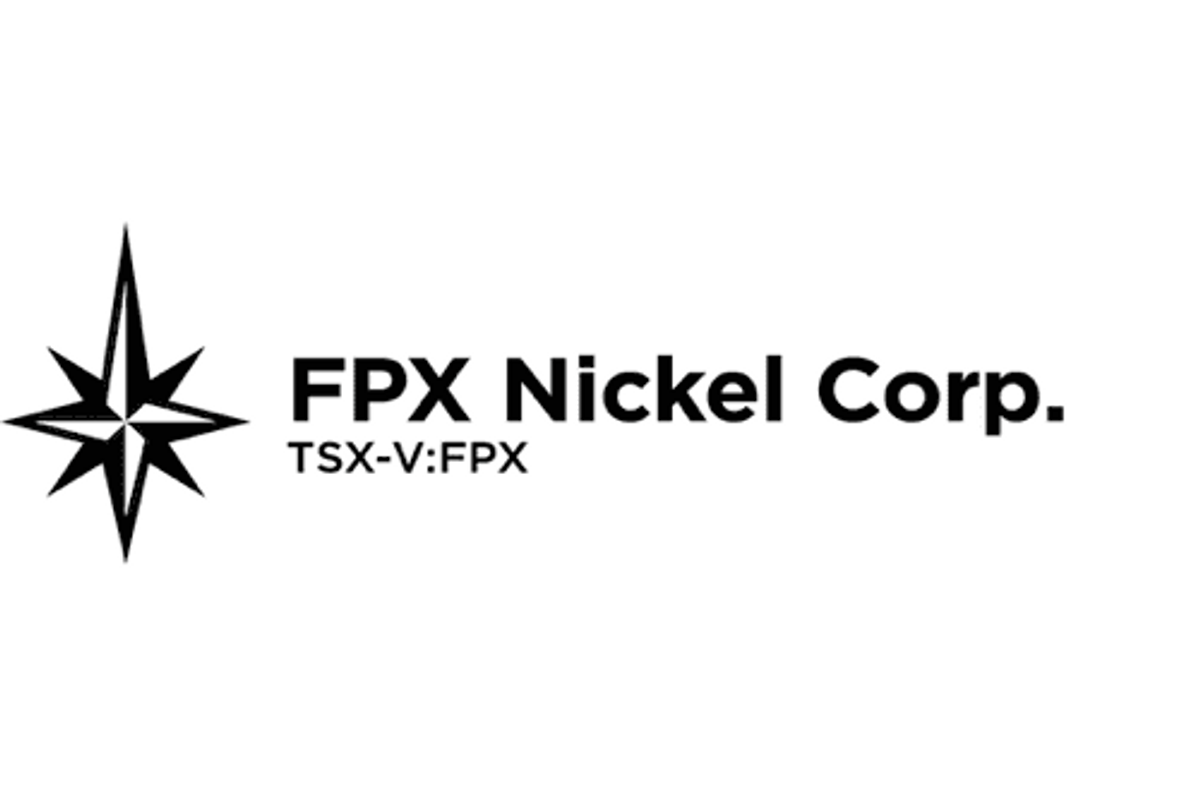
FPX Nickel Corp. (TSXV: FPX) (" FPX " or the " Company ") is pleased to report the results of new testing which continues to demonstrate the potential for enhanced carbon capture and storage ( "CCS" ) in tailings at its Baptiste Project (the " Project ") in the Decar Nickel District in central British Columbia . These laboratory tests, conducted by researchers from the University of British Columbia ( "UBC" ) funded by FPX and the Government of Canada were conducted on tailings representative of different operating scenarios at Baptiste, and demonstrate the ability of these representative tailings to sequester CO 2 into a permanent mineralized form, thereby advancing the Project's potential to become the nickel industry's first carbon-neutral or carbon-negative operation.
Highlights
- The positive results of these CO 2 injection tests were achieved on material representative of various tailings deposition strategies for the Project, specifically in regard to the material's particle size, moisture level, and content of the key carbon-reactive mineral (brucite)
- 10% CO 2 gas was injected vertically into these tailings samples and consistent rates of carbon mineralization were achieved in all tests, ranging from 7.3 to 8.4 grams of CO 2 sequestered for each kilogram of Baptiste tailings, with a majority of the sequestration occurring in the first quarter (3.5 days) of the 14-day experiment
- The CO 2 mineralization achieved during these tests is both permanent and verifiable by measurement of total inorganic carbon at the beginning and the end of the experiments
Cautionary Statement: The test results described herein are preliminary in nature and may not be representative of conditions or results in an operating environment, particularly as it pertains to the representativeness of mineralization, moisture content, changes in weather conditions, process water chemistry and tailings emplacement configuration, including the rate at which tailings are covered with fresh material, among other parameters. There is no certainty that the results reported herein will be realized in an operating environment. Further studies are recommended to expand the scale of testing to better understand the potential for carbon sequestration to be realized in an operating environment.
"Since 2016, FPX has been a leader in defining the opportunity for large-scale permanent CCS in the mining industry," commented Martin Turenne , the Company's President and CEO. "These new results were achieved using representative tailings material generated from the 2021 metallurgical testing pilot plant program, highlighting our interest in moving beyond idealized experimental conditions to advance the scientific understanding of carbon mineralization in a practical, real-world context. With further work required to estimate the likely quantum of carbon sequestration in an operational setting, we continue to advance toward our objective of developing Baptiste as the nickel industry's first carbon-neutral or carbon-negative operation."
These laboratory tests build on more than a decade of research to maximize the reaction between CO 2 and brucite (magnesium hydroxide), a highly CO 2 -reactive mineral form of magnesium hydroxide present in the Baptiste mine tailings, as opposed to serpentine, olivine and other silicates which are the common constituents of other nickel and mafic rock tailings. In a natural process called carbon mineralization, CO 2 reacts with brucite, and to a very much less extent with serpentine minerals in the Baptiste tailings and waste rock, binding the CO 2 in a benign, solid magnesium carbonate which is stable on a geological time scale.
Previous laboratory and field tests conducted by UBC researchers have confirmed the ability of Baptiste tailings material to mineralize CO 2 when exposed to air (see the Company's news releases dated February 16 and June 9, 2021 ) and when subjected to direct injection of simulated flue gas containing 10% CO 2 (see the Company's news release dated November 2 , 2021).
The laboratory-scale tests summarized herein were designed to assess the sequestration potential by injection of CO 2 gas into material representative of three types of tailings samples, as described below and shown in Figure 1. Both tailings storage scenarios are representative of tailings produced at the Project's envisioned primary grind P 80 = 300 µm.
- Figure 1, Scenario 1, Tailings Type 1 – Whole tailings deposited behind a rock/earth-fill dam tailings storage facility (" TSF "), and
- Figure 1, Scenario 2, Tailings Types 2 and 3 – Separated coarse and fine tailings fractions as required for construction of and deposition within a cyclone sand TSF, including:
- Type 2: Coarse tailings (cyclone underflow) comprising approximately 20% fines (material passing 75 µm), representative of dam construction material for a sand dam TSF, and
- Type 3: Residual fine tailings (cyclone overflow) with nearly all material under 75 µm (97% passing), representative of the material expected to be stored within a sand dam TSF.
Injection experiments were prepared by placing the three tailings samples in vertical pipes which were injected with simulated flue gas containing 10% CO 2 at a rate of 4 mL per minute over 14 days. The experiments were conducted on Baptiste pilot plant tailings material, which was generated from drill core. The experimented were completed in batches weighing approximately 0.5 kilograms, with moisture content ranging from 10 to 14%, and with brucite content of 1.3 to 1.6%, consistent with the estimated 1.5% average brucite content of the Baptiste deposit.
The key findings of the experiment are as follows:
- Consistent rates of carbon mineralization were achieved in all tests, ranging from 7.3 to 8.4 grams of CO 2 sequestered for each kilogram of Types 1, 2, and 3, with a minimum of 70% and a maximum of 99% of the brucite present in the Baptiste tailings consumed in the mineralization reaction
- Type 1 (whole tailings) had the highest carbon mineralization and type 3 (cyclone overflow) the lowest indicating the significance of particle size on the circulation of CO 2 to the surface of brucite grains
- Significant rates of carbon mineralization were noted on a continuous basis in all tests, with rates typically peaking on the first day and declining over the course of the test
- Over 60% of the CO 2 was mineralized in the first 3.5 days based on measurements of CO 2 concentrations at the inlet and the outlet
- The CO 2 mineralization achieved during the tests is both permanent and verifiable by measurement of total inorganic carbon at the beginning and the end of the experiments
These positive findings provide the basis for additional testing to expand the understanding and optimization of parameters affecting carbon mineralization in the Baptiste tailings, including the impacts of scale, grain size, porosity, permeability, moisture content, temperature, method of injection and concentration of CO 2 , and time. Future test work will underpin the Company's efforts to optimize these parameters in the Baptiste development plan. These results also open the possibility of mineralizing CO 2 ex-situ in waste rock, in-situ by injection of CO 2 into the host rock, or ex-situ injection of CO 2 into associated carbon-depleted waters drawn from host rocks in areas of the Decar Nickel District, or in rocks of similar type and mineralogy elsewhere in B.C. and beyond.
Verification Methodology
Samples of the test material were submitted for analysis of total inorganic carbon ( "TIC " ) at the beginning and the end of the experiments, with the increase in TIC representing the amount of CO 2 captured during the experiment.
Next Steps
As previously disclosed, the Company is expanding the size and scope of carbon sequestration testing, with the recent initiation of two direct air capture experiments in the third quarter of 2021:
- Six-month experiment at a location in Vancouver on approximately 2.4 tonnes of tailings material, or approximately eight times the scale of the 2020 experiment (see the Company's news release dated June 9, 2021 ).
- 1-year experiment at a location in central British Columbia on approximately 300 kg of tailings material, designed to better understanding the longer-term carbon sequestration potential of undisturbed tailings in the Project region.
The Company will report the results of these experiments upon the conclusion of testing in the third or fourth quarter of 2022.
Dr. Peter Bradshaw , P. Eng., FPX's Qualified Person under NI 43-101, has reviewed and approved the technical content of this news release.
About the Decar Nickel District
The Company's Decar Nickel District claims cover 245 km 2 of the Mount Sidney Williams ultramafic/ophiolite complex, 90 km northwest of Fort St. James in central British Columbia . The district is a two-hour drive from Fort St. James on a high-speed logging road.
Decar hosts a greenfield discovery of nickel mineralization in the form of a naturally occurring nickel-iron alloy called awaruite (Ni 3 Fe), which is amenable to bulk-tonnage, open-pit mining. Awaruite mineralization has been identified in four target areas within this ophiolite complex, being the Baptiste Deposit, and the B, Sid and Van targets, as confirmed by drilling, petrographic examination, electron probe analyses and outcrop sampling on all four targets. Since 2010, approximately US $28 million has been spent on the exploration and development of Decar.
Of the four targets in the Decar Nickel District, the Baptiste Deposit, which was initially the most accessible and had the biggest known surface footprint, has been the focus of diamond drilling since 2010, with a total of 99 holes and 33,700 m of drilling completed. The Sid target was tested with two holes in 2010 and the B target had a single hole drilled in 2011; all three holes intersected nickel-iron alloy mineralization over wide intervals with DTR nickel grades comparable to the Baptiste Deposit. The Van target was not drill-tested at that time as bedrock exposures in the area were very poor prior to more recent logging activity. In 2021, the Company executed a maiden drilling program at Van, which has returned promising results comparable with the strongest results at Baptiste.
About FPX Nickel Corp.
FPX Nickel Corp. is focused on the exploration and development of the Decar Nickel District, located in central British Columbia , and other occurrences of the same unique style of naturally occurring nickel-iron alloy mineralization known as awaruite. For more information, please view the Company's website at www.fpxnickel.com or contact Martin Turenne , President and CEO, at (604) 681-8600 or ceo@fpxnickel.com .
On behalf of FPX Nickel Corp.
"Martin Turenne"
Martin Turenne , President, CEO and Director
Forward-Looking Statements
Certain of the statements made and information contained herein is considered "forward-looking information" within the meaning of applicable Canadian securities laws. These statements address future events and conditions and so involve inherent risks and uncertainties, as disclosed in the Company's periodic filings with Canadian securities regulators. Actual results could differ from those currently projected. The Company does not assume the obligation to update any forward-looking statement.
Neither the TSX Venture Exchange nor its Regulation Services Provider accepts responsibility for the adequacy or accuracy of this release.
SOURCE FPX Nickel Corp.

![]() View original content to download multimedia: https://www.newswire.ca/en/releases/archive/May2022/31/c2096.html
View original content to download multimedia: https://www.newswire.ca/en/releases/archive/May2022/31/c2096.html


